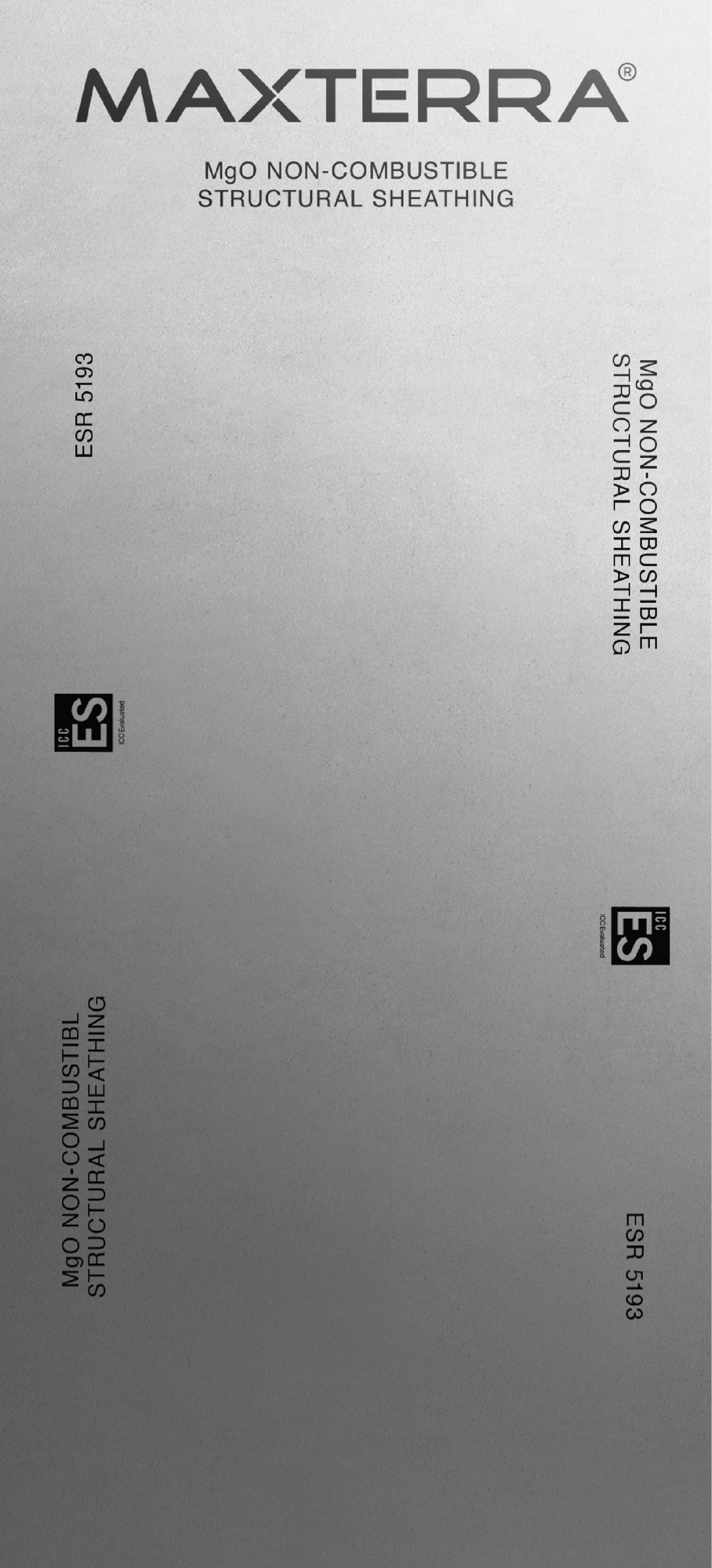Storm Resistance
Natural disasters, particularly storms, cause an estimated $54 billion in annual damages in the United States. High winds, flying debris, and water intrusion can devastate buildings constructed with conventional materials, leading to extensive repairs and financial losses. Traditional materials often lack the durability and resilience needed to withstand these extreme weather conditions. With climate change driving an increase in the frequency and intensity of storms, the risk to structures is higher than ever. Insurance companies are responding by raising premiums or even denying coverage in storm-prone areas, adding financial strain to homeowners.
MAXTERRA® products offer enhanced protection
against these destructive forces.
Key Facts and Certifications.

Key Facts and Certifications.
Impact Resistance in Storms
MAXTERRA® panels offer exceptional impact resistance, providing strong protection against wind-driven debris. This resilience helps safeguard building exteriors in regions prone to severe weather.
High Wind Load Capacity
Engineered for strength, MAXTERRA® structural panels withstand high wind loads, ensuring buildings remain stable and secure even in extreme storm conditions.
Water Resistance to Prevent Storm Damage
MAXTERRA panels are water-resistant and can withstand moisture and water infiltration that may occur during storms. Unlike traditional drywall, MAXTERRA panels are unlikely to deteriorate or warp when exposed to strong winds or heavy rains.
Application Highlights
Situation
Buildings in storm-prone areas face challenges from extreme weather conditions, including high winds, heavy rain, and flying debris, which can compromise structural integrity.
Solution
MAXTERRA MgO panels offer superior impact resistance and strength, making them ideal for storm-resistant construction. Their robust composition ensures that buildings can withstand harsh weather conditions.
Impact
Structures built with MAXTERRA products are more resilient to storm damage, protecting occupants and reducing repair costs. This leads to safer and more durable buildings, capable of withstanding the challenges posed by severe weather events.
*Non-combustible panels include MAXTERRA MgO Non-Combustible Structural Sheathing and MAXTERRA MgO Non-Combustible Single Layer Structural Floor Panels.